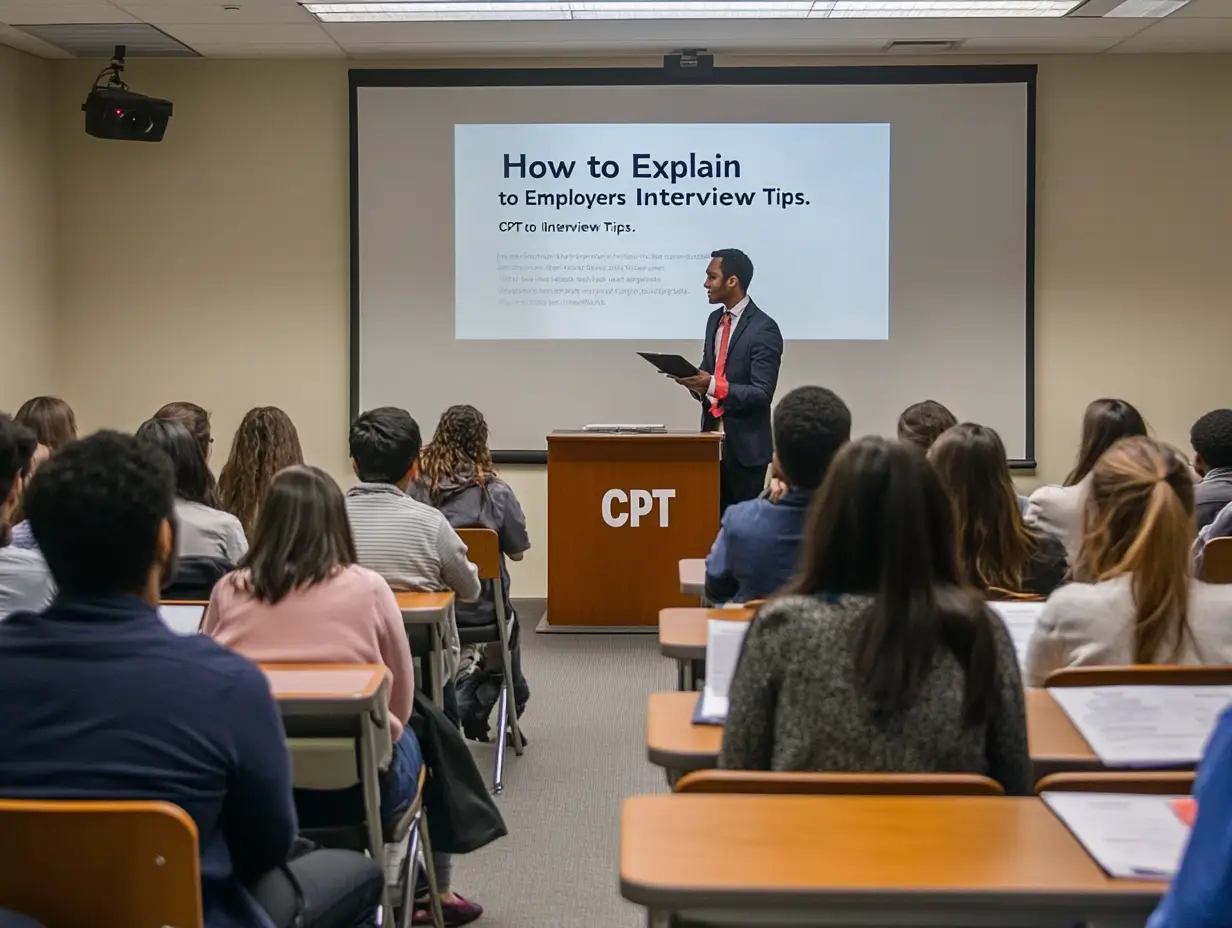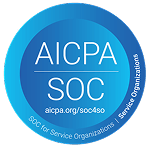What is CPT under the F-1 visa?
Curricular practical training (CPT) is a temporary authorization for F-1 students to participate in paid or unpaid internships, cooperative education programs or employment that’s an integral part of their academic program.
CPT must be directly tied to your major or field of study, either through a degree requirement or by earning academic credit.
Key facts:
- Authorized by your university: You must obtain CPT approval from your Designated School Official (DSO) before beginning any work.
- Specific to an employer and dates: CPT approval is job-specific; you cannot change employers without new authorization.
- Tied to enrollment: CPT often requires registration in a related course for the semester during which you’re working.


